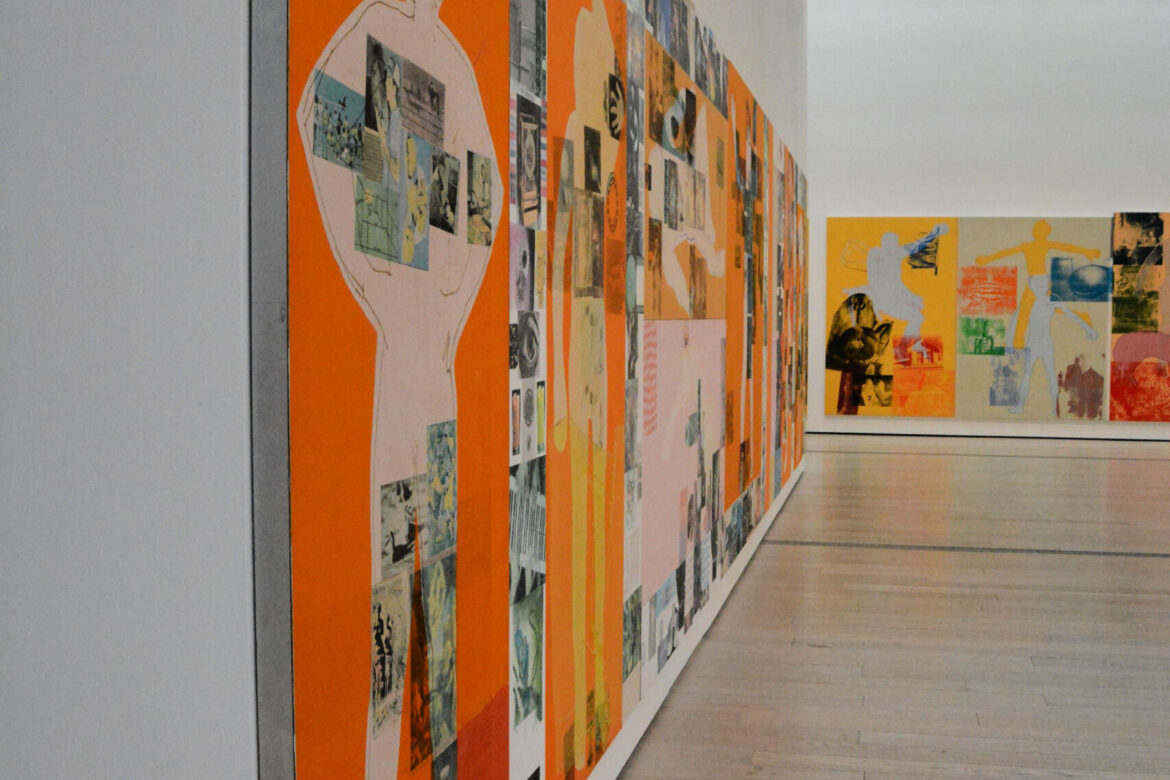
“Rauschenberg: The 1/4 Mile” at Los Angeles County Museum of Art
Robert Rauschenberg, 1961
“There is no reason not to consider the world as one gigantic painting.”
For many of us, our life is actively being summarized in the neat little squares of Instagram; some of us more curated than others, complete with color blocking and seasonal themes. Imagine being able to walk through your Instagram feed as a 3 dimensional, multi-sensory immersive experience. The exhibit now on display at the Los Angeles County Museum of Art entitled Rauschenberg: The ¼ Mile is an impressive installation by the trailblazing artist’s life’s work, “The ¼ Mile or 2 Furlong Piece” (1981-1998). Displayed in its entirety for the first time, the work is composed of 190 individual panels that when joined measure approximately 1,000 feet, or nearly a quarter mile in length, signifying the distance between the artist’s studio and his home on Captiva Island, Florida along with his belief in working in the “gap between art and life”. Rauschenberg’s “1/4 Mile” is an exquisitely curated collage of his life, memories, influences and inspiration in a riot of color and bits and pieces collected over a lifetime. Like his “Combines” from the 1950’s, the work on display at LACMA shows the blurry edges between art and the quotidian.
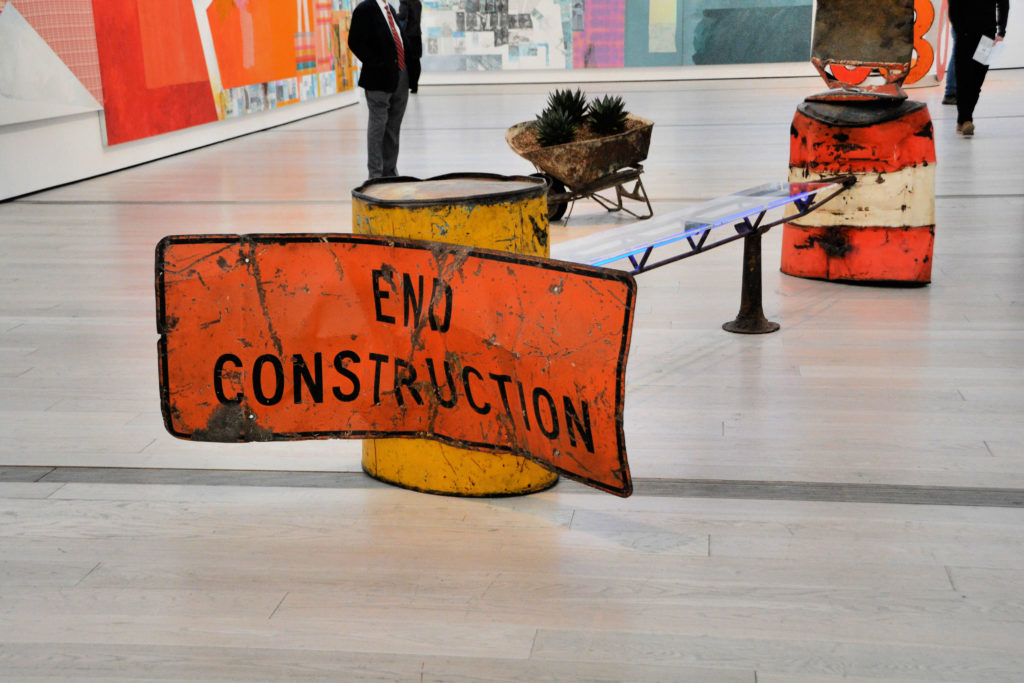
Robert Rauschenberg, 1982
“By the time you’ve gone a quarter of a mile, if you have any mind at all, you’ve certainly forgotten what you had in mind when you started.”

Born in Texas in 1925, Robert Rauschenberg served in the US Navy before studying art at the Kansas City Art Institute and the Academie Julian in Paris. In 1948, he attended Black Mountain College in North Carolina where he studied under the artist Joseph Albers. His “Combines” from the 1950’s were works of art that incorporated various objects into a painted canvas surface, creating a hybrid between painting and sculpture. While being a forerunner to Abstract Expressionism, he never became associated with one particular artistic movement.
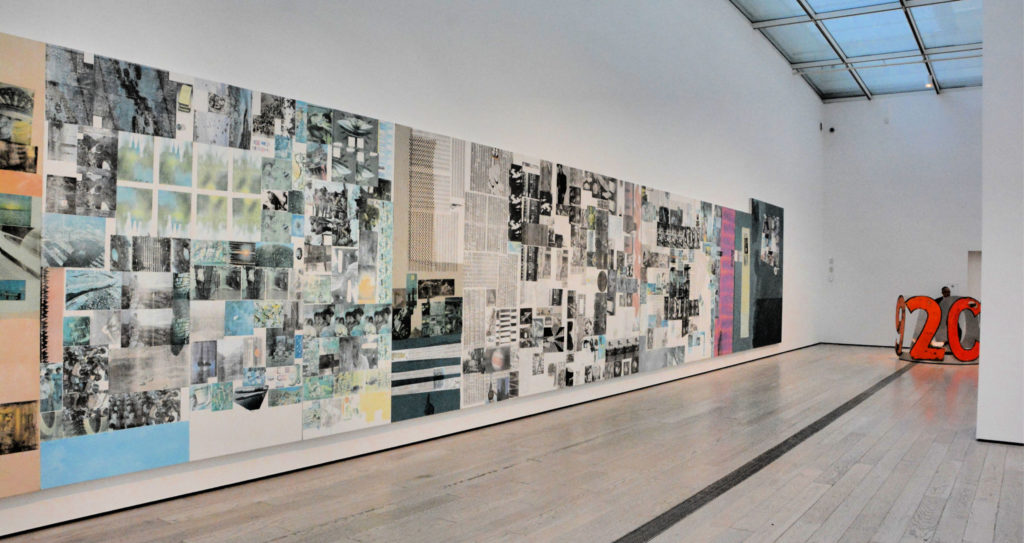
The “1/4 Mile” is a product of Rauschenberg’s life experiences, including his many travels. The materials and images in the piece refer to his travels through Asia, Europe, Latin America, Northern Africa and the United States. Included are various textiles, images culled from mass media, photographs by the artist, bold passages of paint, everyday objects such as chairs, cardboard boxes and traffic lights. Panels 95-109, completed in 1986, are products of the Rauschenberg Overseas Culture Interchange (ROCI). According to the Rauschenberg Foundation website, “ROCI… was a tangible expression of his long-term commitment to human rights and to the freedom of artistic expression.” Between 1984 and 1991, the artist traveled to ten countries where freedom of expression had been suppressed. Panel 106, in particular, focuses on his travel to Chile. His use of copper is in a show of solidarity with the Chilean miners and his opposition to authoritarian president Augusto Pinochet.
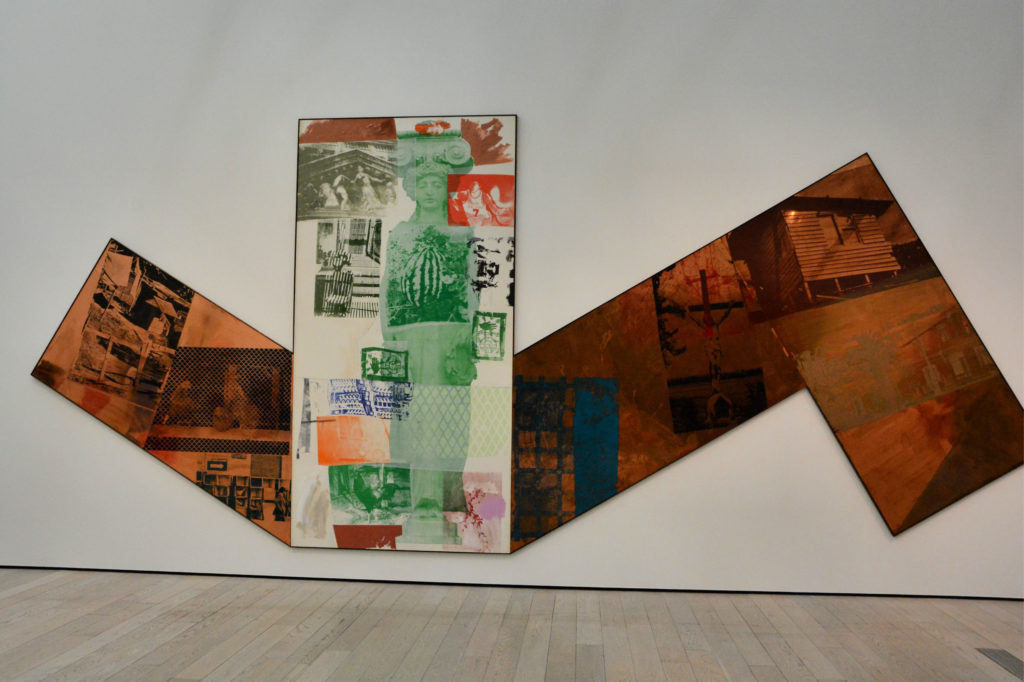
In a particular series of panels (44 to 60) completed in 1983 and made of variable mediums including solvent transfer, fabric, acrylic, ink, graphite, and objects on plywood, Rauschenberg portrays what he called, “Bob’s Army” – outlines of friends, family, studio employees and himself against sunny sections of color. In addition to images referential to the person portrayed (for example, a stained-glass window on panel 47 conveys the religious devotion of his mother), Rauschenberg also portrays art historical works. Michelangelo’s David, the Parthenon frieze, Raphael’s “The Triumph of Galatea (c 1512); and Christo and Jeanne-Claude’s Surrounded Islands (1980-83), as just some examples.
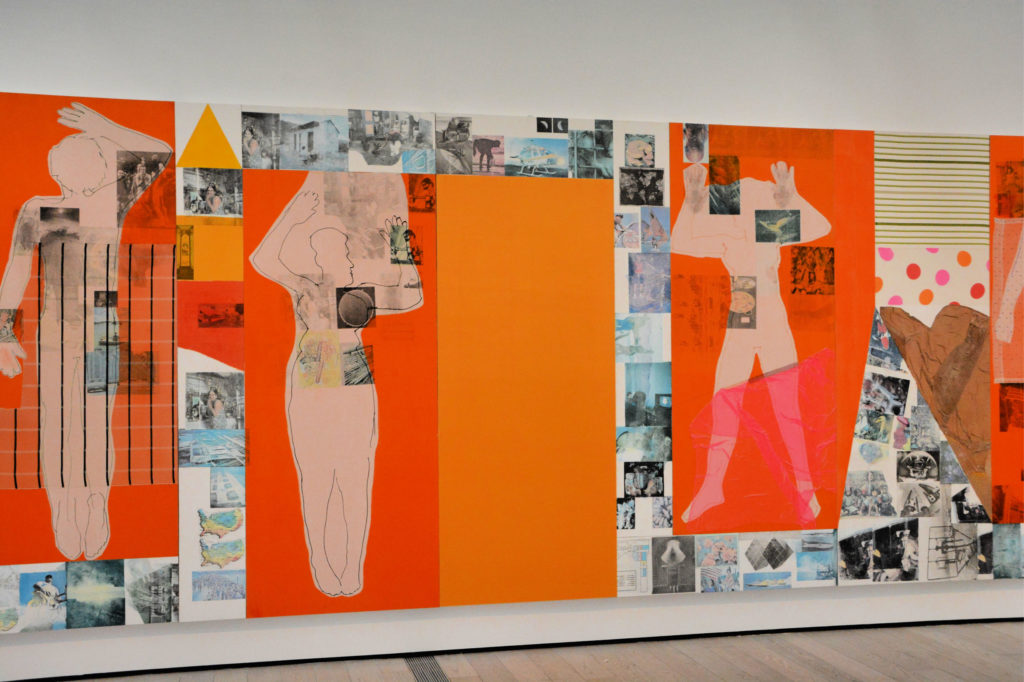
While mostly displaying bold, bright colors, there are instances of muted, subdued tones, like in panels 169 to 177 (completed in 1992), made of solvent transfer and acrylic on galvanized steel. He began using newsprint all the way back in the 1950’s. In these panels, he used a solvent-transfer printing technique to impress newspaper headlines, text and illustrations onto galvanized steel. While representative of his engagement in social and political activism, the aesthetic is cool and icy – white, gray and black – a respite from his bold colors found throughout the rest of the display. Here is his nod to a previous work, a series called “Hoarfrost” (1974-76) in which he transferred scraps of newspapers and magazines onto fabric as well as his Galvanic Suite (1988-91), composed of painted and silkscreened images on stainless steel.
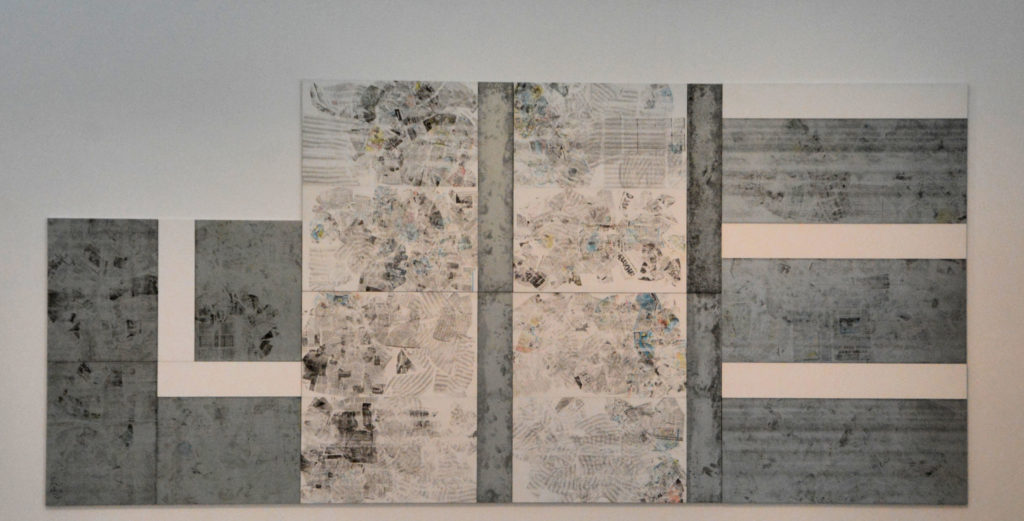
Rauschenberg developed an interest in combining art and technology early in his career, “allowing sound, motion, light and the passage of time to quite literally be incorporated into his art.” (source: Rauschenberg Foundation) Along with the panels mounted on the wall, the artist assembled metal with electric clockwork mechanisms, traffic lights casting more color on the display and a curious audio soundtrack that fills the gallery with noises from his travels. “I like people to engage as many senses as they can,” Rauschenberg said, “If you’re just looking, it can be deadly. The hush, real or pseudo-reverent, can interfere with what you are seeing.” It is an immersive experience.
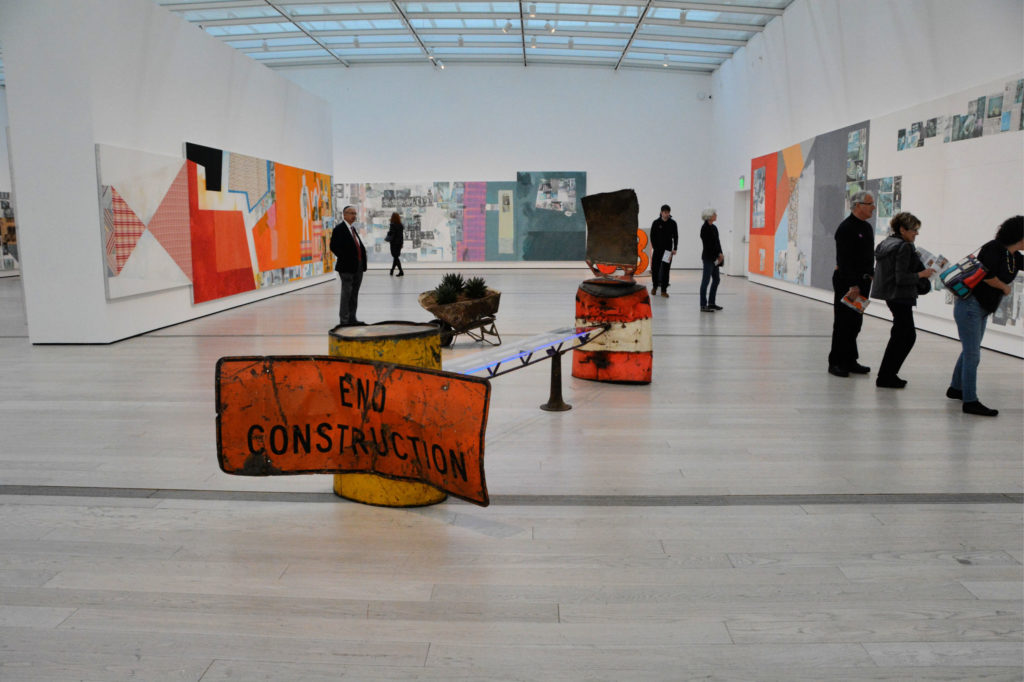
The work reads like a memoir of the artist’s life while demonstrating the wide variety of techniques used – printmaking, photography, sculpture, painting, collage. The piece is also a catalogue of his life’s works, referencing important bodies of work such as his White Paintings (1951), Combines (1954–64), Currents (1970), Cardboards (1971–72), Spreads (1975–83), and Gluts (1986–94); his metal paintings including Shiners (1986– 93), Urban Bourbons (1988–96), and Night Shades (1991); and the series Anagrams (A Pun) (1997–2002)
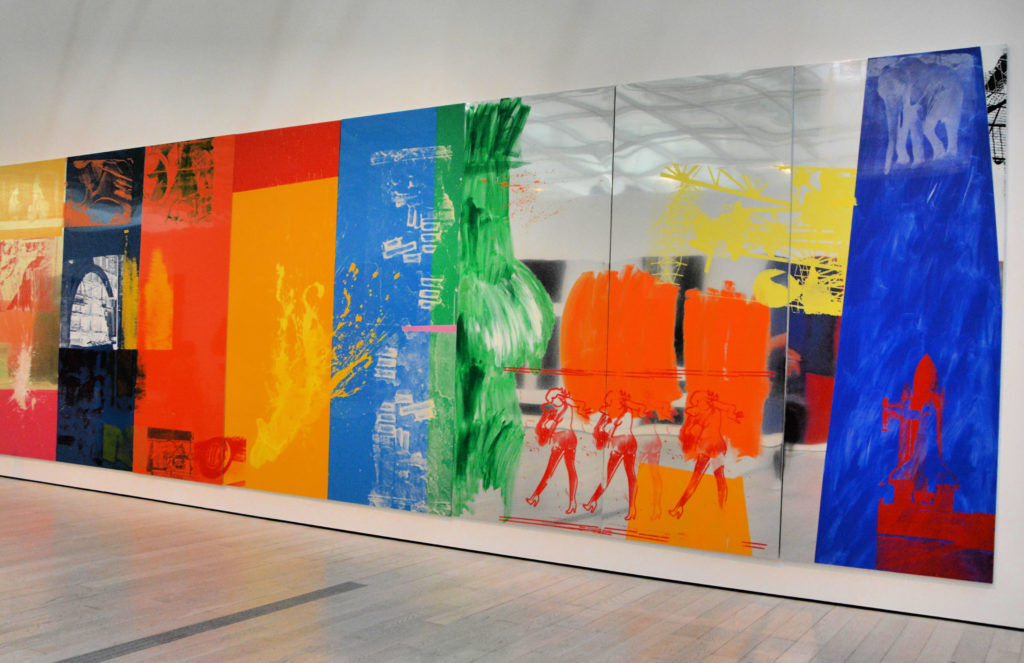
“One of the most innovative artists of the last century, Robert Rauschenberg (1925-2008) produced a diverse body of work characterized by experimentation, the use of varied mediums and methods, and cross-cultural exchange….”
Los Angeles County Museum of Art Official Brochure
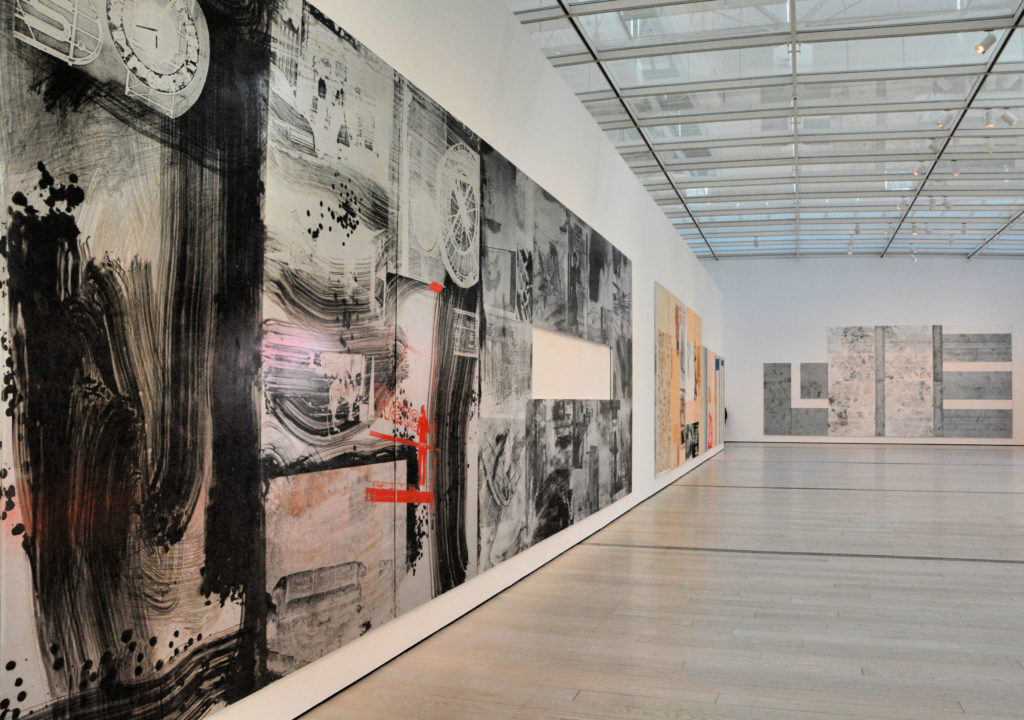
This is the first time the work will be exhibited in its entirety.
As many of my regular readers know, I am huge bibliophile. I don’t have room in my house for all of the books I own, specifically related to Architecture, Art and Travel. At the end of my posts, I frequently provide links to books relevant to my post, as a helpful resource for readers looking for a deeper dive into the topic. Here are a couple picks on Robert Rauschenberg’s body of work:
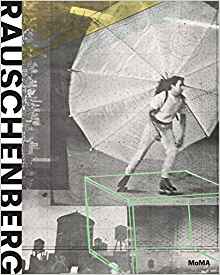
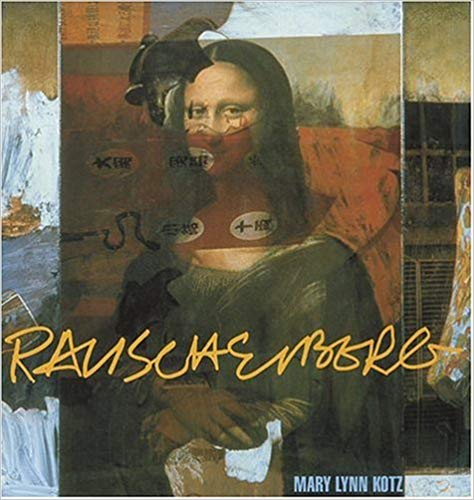
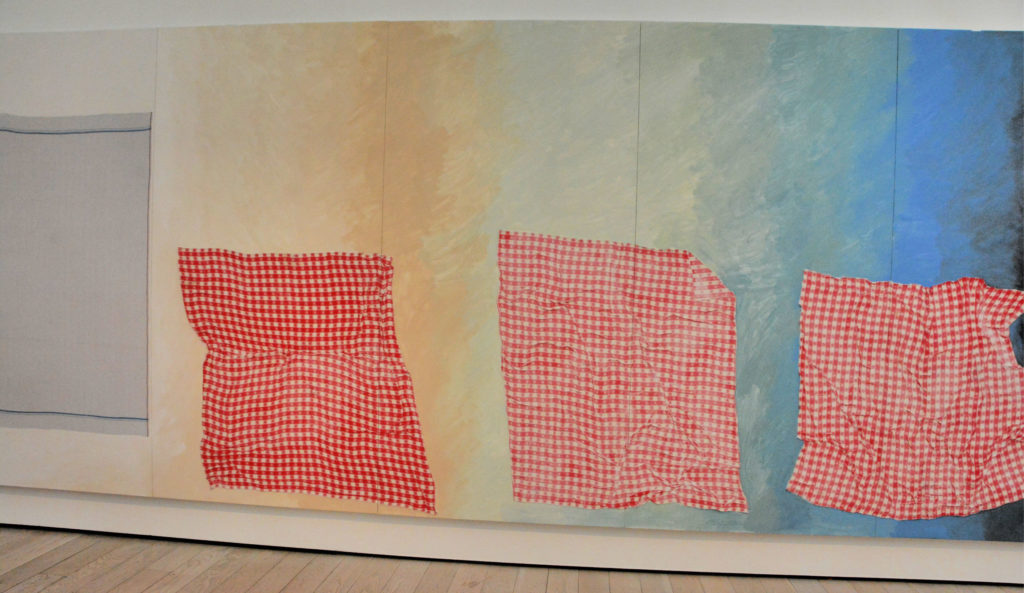
Panels as part of the “Rauschenberg 1/4 Mile” exhibit at LACMA 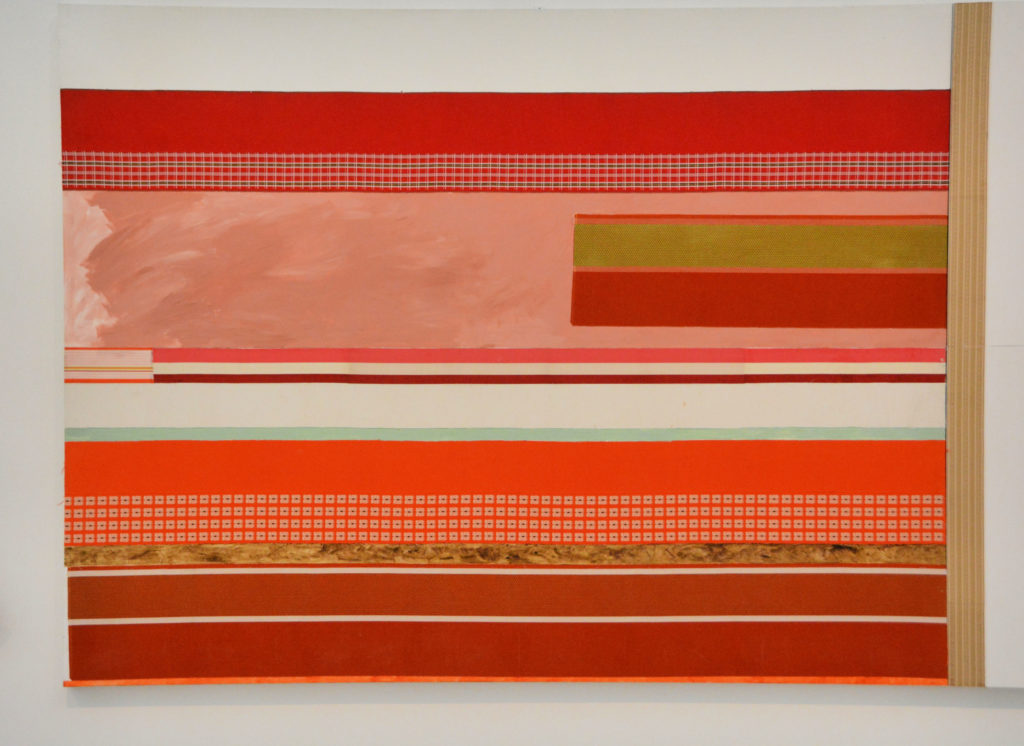
Panels as part of the “Rauschenberg 1/4 Mile” exhibit at LACMA 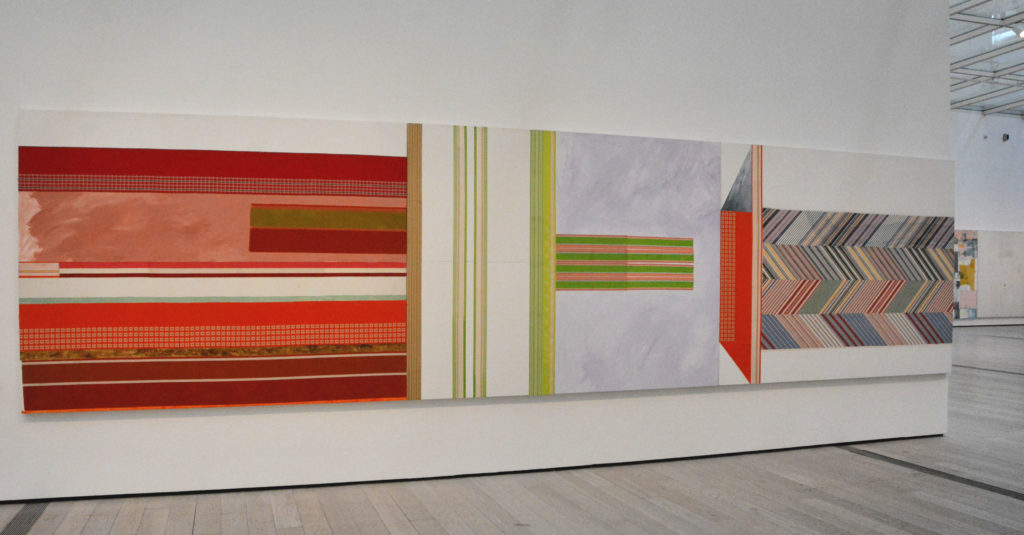
Panels as part of the “Rauschenberg 1/4 Mile” exhibit at LACMA 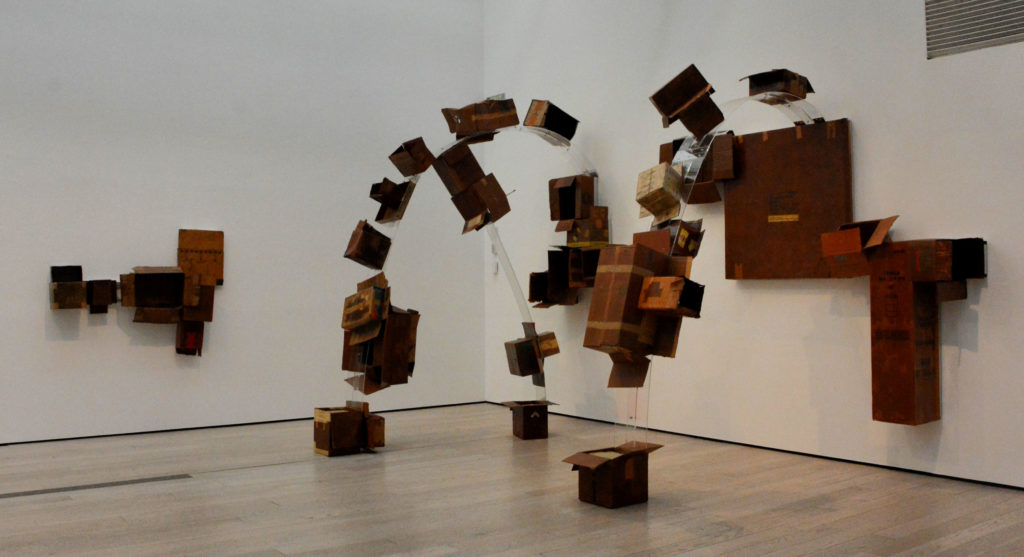
Cardboard boxes stacked as part of the “Rauschenberg 1/4 Mile” exhibit at LACMA 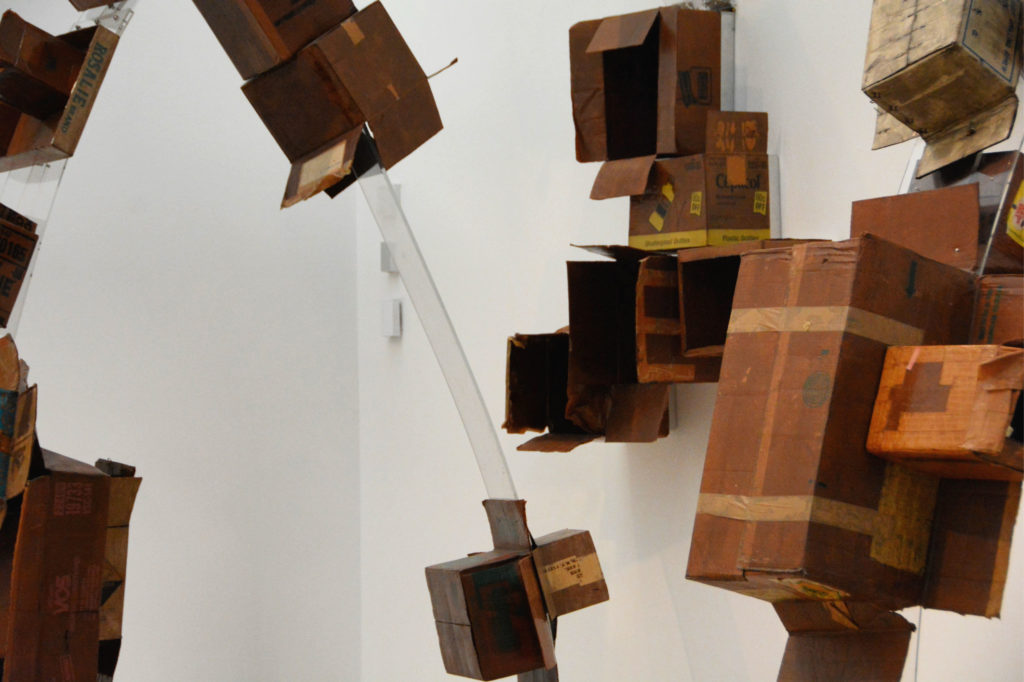
Cardboard boxes stacked as part of the “Rauschenberg 1/4 Mile” exhibit at LACMA 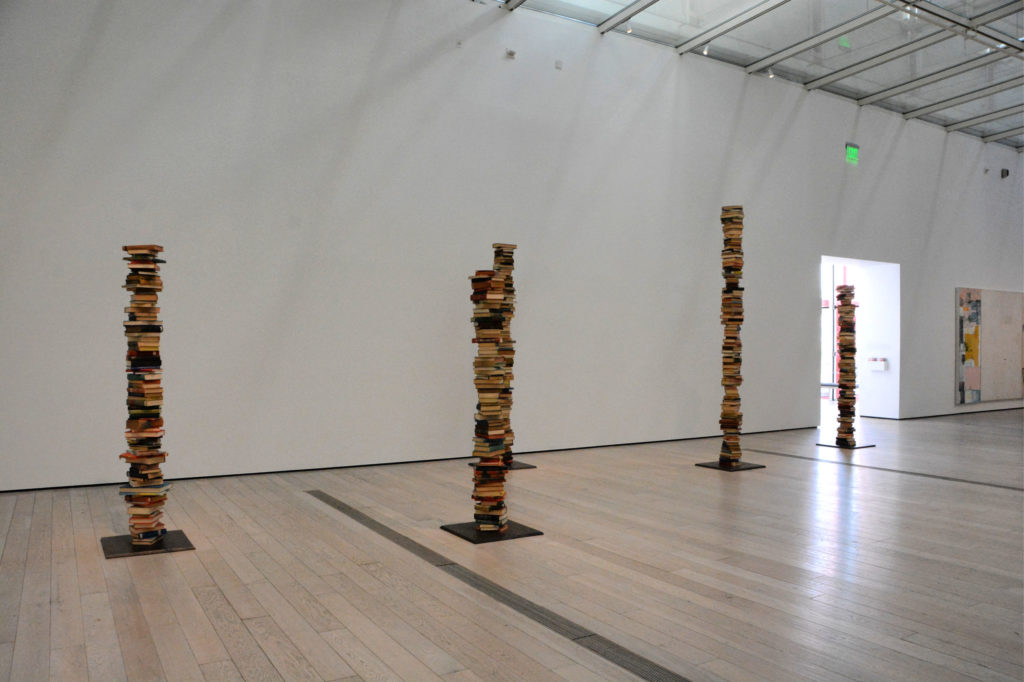
Stacked books as part of the “Rauschenberg 1/4 Mile” exhibit at LACMA 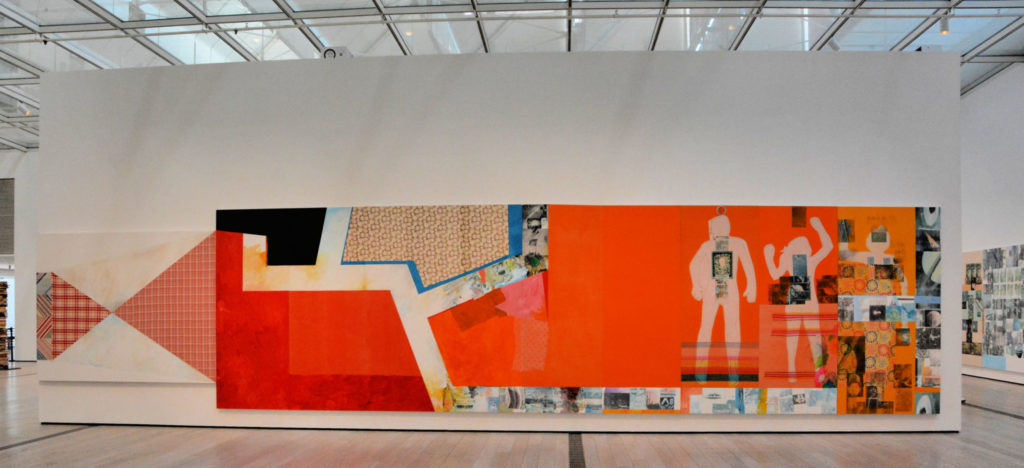
Panels as part of the “Rauschenberg 1/4 Mile” exhibit at LACMA 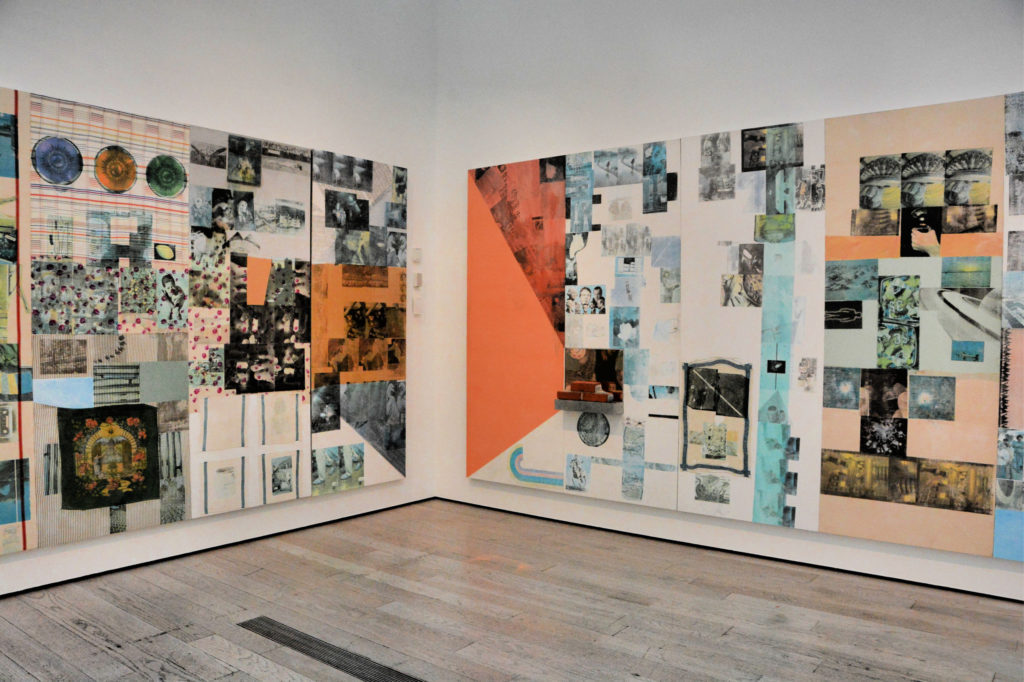
Panels as part of the “Rauschenberg 1/4 Mile” exhibit at LACMA
Rauschenberg: The 1/4 Mile is co-curated by Michael Govan, LACMA CEO and Wallis Annenberg Director, and Katia Zavistovski, Assistant Curator of Modern Art. This installation will occupy the entire floor of BCAM, Level 3 and is on display from October 28, 2018 through June 9, 2019.
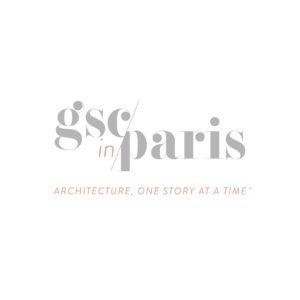

Jennifer
April 15, 2019 at 7:04 amHi Glory
A fascinating insight into this artist’s work of various mediums.
I, too, have an array of books that need to find places in my home.
regards, Jen
Glory
April 15, 2019 at 7:49 amHi – thank you for the comment. I feel really lucky to have been able to see the exhibit!